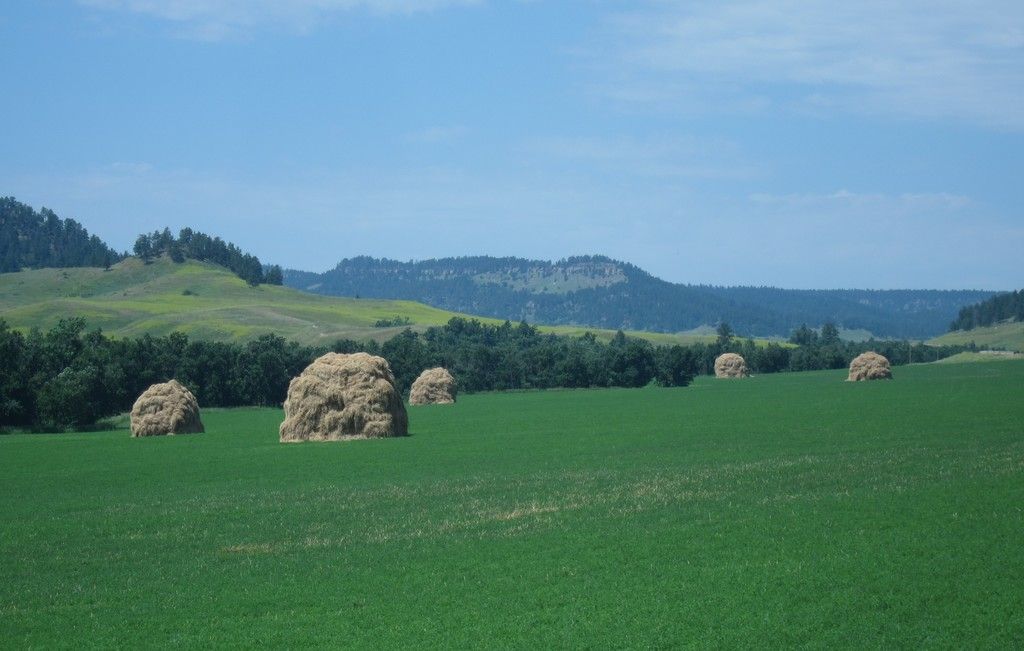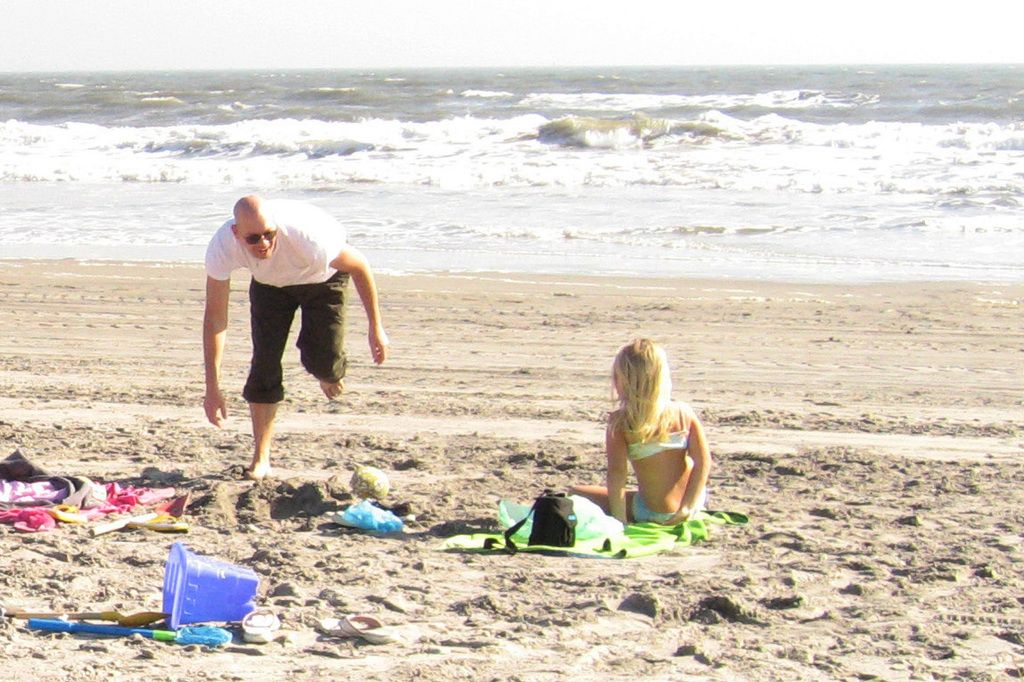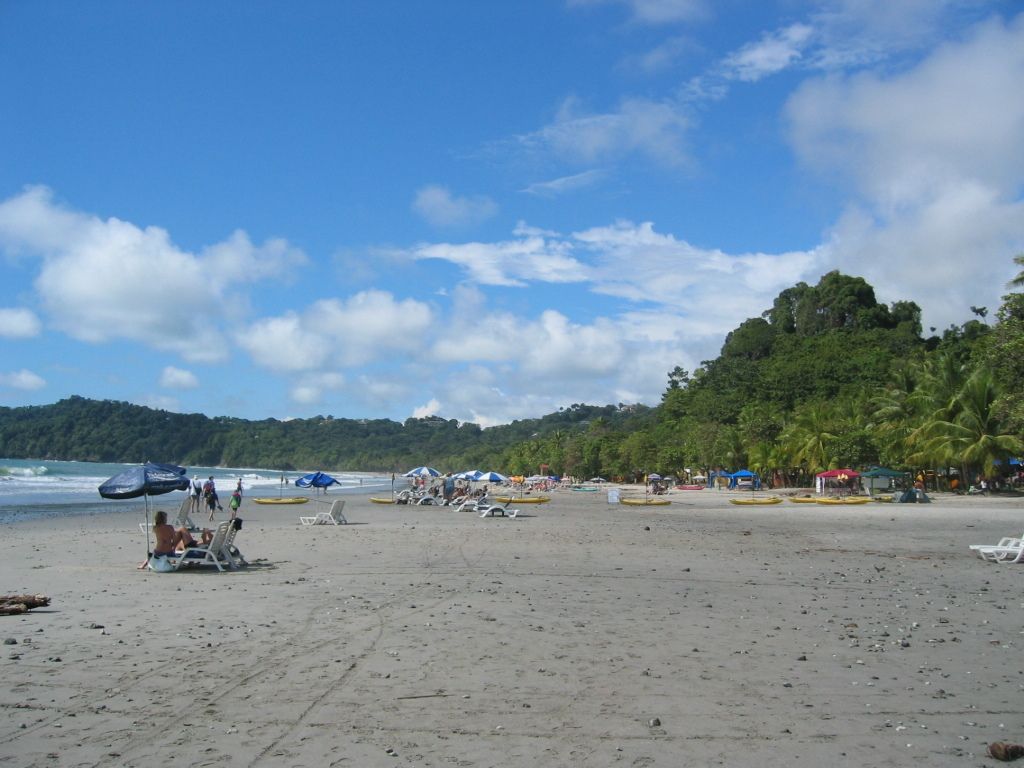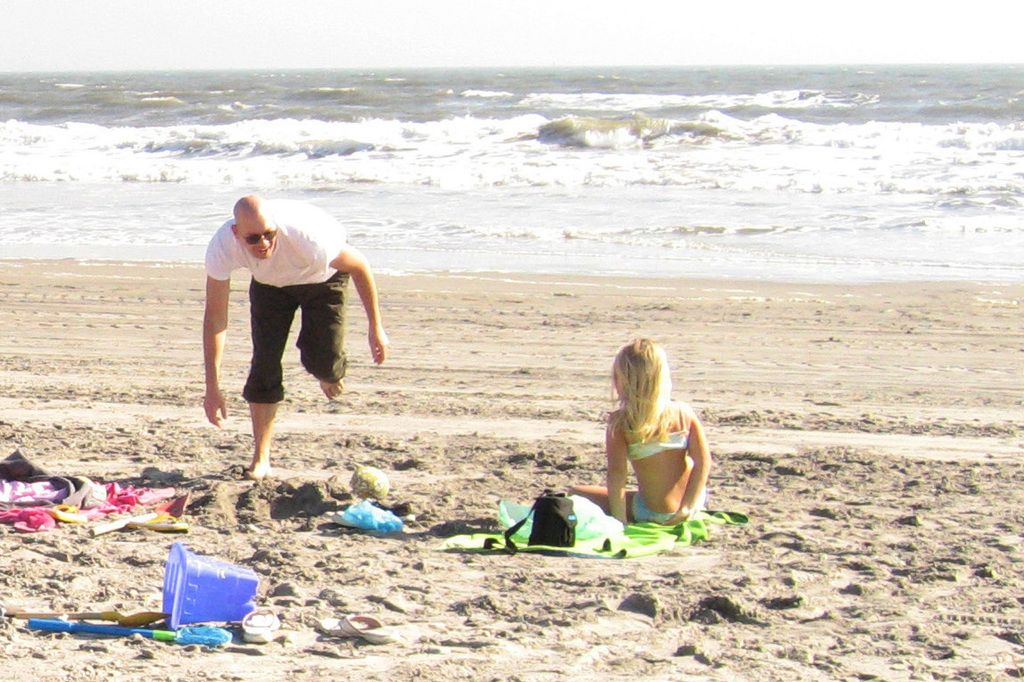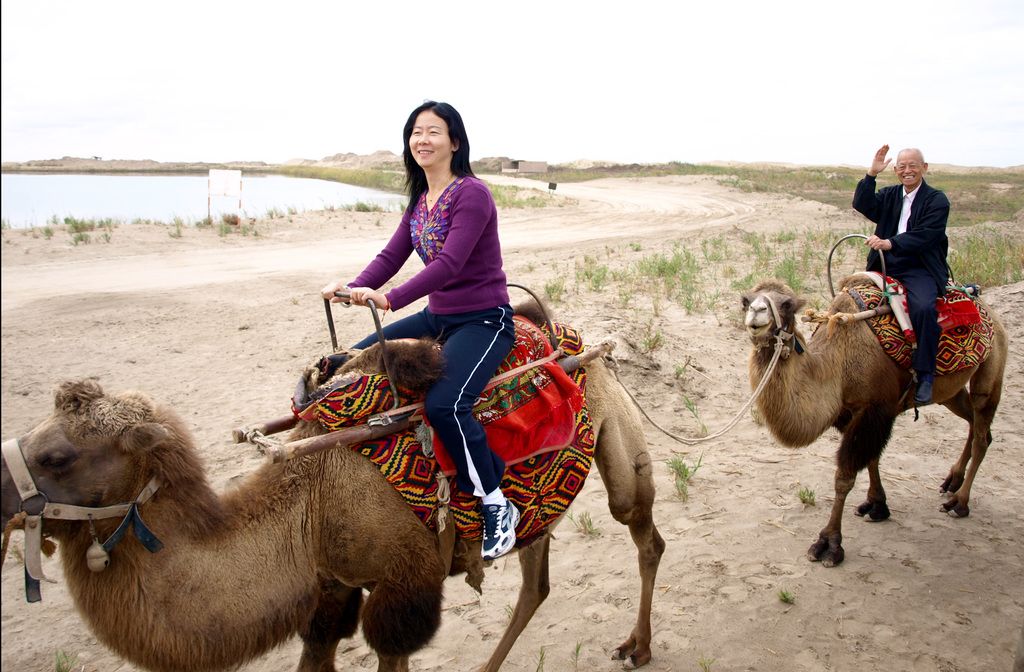Employing Cold Frames or Row Covers on Elevated Beds to Prolong Gardening Duration
Revved Up on Growing (Year-Round Edition)
Ever fancied having a yield of fresh crops even outside the traditional growing season? We've got your back! With a bit of planning and some nifty tools like cold frames and row covers, your raised beds can transform into a mini-greenhouse, giving you an extended harvest way into fall, winter, or even a headstart in early spring.
If you're itching to optimize your raised bed garden's productivity, mastering the use of cold frames and row covers is a game-changer. Buckle up as we take you through the nitty-gritty of these amazing tools, their setup, and a few pro tips to ensure success.
Why Bother with Season-Extending?
Before diving into the world of cold frames and row covers, let's quickly explore why season extension is crucial:
- More Food: Say goodbye to winter blues and hello to harvesting hearty greens, root vegetables, and aromatic herbs well after the general growing season.
- Better Utilization of Space: Maximize the value of your raised beds with multiple crops each year, making the most of your investment.
- Earlier Harvests: Plant early crops when the ground is still warming in spring, sneaking in some extra productivity!
- Protection: Keep your plants cozy from frost, heavy rains, and even some pesky pests.
What the Heck is a Cold Frame?
Imagine a low, enclosed structure with a transparent top (it could be glass, clear plastic, or plexiglass) that captures sunlight, absorbs heat, and provides a miniature greenhouse effect. That, dear friend, is a cold frame.
How Cold Frames Do Their Thing
- Sun Interaction: Sunlight enters through the transparent cover and warms the soil and air inside.
- Heat Retention: The enclosed structure insulates the warm air inside during cooler nights, saving plants from frost and icy chills.
- Microclimate: Cold frames create a slightly warmer, more stable environment than surrounding air, making it a perfect haven for hardy greens and seedlings.
Ah, but what about Row Covers?
Row covers are lightweight fabrics or plastic sheeting placed directly over plants or supported by hoops over raised beds. They come in two main types-floating row covers and plastic rows covers.
Row Cover Essentials
- Frost Protection: Fabric covers can raise temperatures around plants by 2-8°F.
- Pest Control: Covers act as a barrier against unwanted insects like cabbage worms and aphids.
- Moisture Retention: Helps retain soil moisture and reduces unnecessary watering.
Cold Frame Set-Up on Raised Beds
Fancy building your cold frame? Or maybe you'd prefer a ready-to-go one? No sweat!
DIY Cold Frame Basics:
- Materials: Time to reuse that old windowpane, clear acrylic sheets, some wood for the frame, and hinges.
- Position: Place your cold frame in a sunny spot (south or southeast is best).
- Angle: Aim for a slightly tilted lid to capture as much sunlight as possible and ensure adequate rain runoff.
- Ventilation: Prop the lid open slightly on warm days to prevent overheating.
Row Cover Set-Up on Raised Beds
All you'll need for row covers: fabric or plastic sheeting, hoops (PVC pipe, flexible wire, or metal rods), and clips or weights to secure them in place.
Step by Step:
- Insert hoops at regular intervals along your raised bed.
- Drape the cover material over the hoops.
- Secure with clips, bricks, sandbags, or soil along the edges.
Pro Tip: In case you're wondering, choose lightweight, breathable fabrics for spring and summer pest protection, and heavier-grade fabrics or plastic for fall and winter frost protection.
What to Grow Under Cold Frames and Row Covers
Certain crops do better under the protective coverings:
Cold Frames (Fall-Winter):
- Lettuce
- Spinach
- Kale
- Arugula
- Carrots
- Radishes
- Beets
- Green onions
Row Covers (Spring-Fall):
- Broccoli
- Cauliflower
- Cabbage
- Peas
- Beans
- Swiss chard
Success Tips
- Temperature Check: Even in winter, the sun can overheat a cold frame. Keep an eye on the internal temperature to prevent any potential mishaps.
- Breathe It Out: On sunny days when temperatures exceed 45°F (7°C), ventilate your cold frame to avoid cooking your beloved plants.
- Water Wisely: Covered beds dry out more slowly, but still require occasional watering.
- Double Up: In very cold regions, layer a cold frame with row covers for added frost protection.
- Use Shade Cloth: In early spring, intense sunlight can scorch your fresh seedlings. Shade cloth can help in moderating temperatures.
Recognize the Differences: Cold Frames vs. Row Covers
If you're serious about growing into winter, cold frames are your go-to pick. For quick, flexible pest protection or frost management, row covers are the way to go.
Happy gardening, my earthy friend! Whether you've opted for cold frames, row covers, or both, adding protection to your raised beds can do wonders for your garden productivity. Enjoy the satisfaction of year-round fresh homegrown produce!
Enrichment Data:
Overall:
Step Up Your Growing Game: Cold Frames and Row Covers
Mastering the use of cold frames and row covers is a surefire way to level up your gardening game and extend your productivity throughout all seasons. In this guide, we'll walk you through the ins and outs of these tools and how to make the most of them:
Operating Mechanisms
- Cold Frames: Enclose boxes that protect plants from harsh weather conditions, like frost and intense cold. They allow for early planting and prolong the growing season by providing a warm environment for seedlings and plants. Cold frames are used to start seeds early, protect plants from cold snaps, and even offer shade for young plants during hot summer months[2].
- Row Covers: Lightweight, breathable fabrics used to protect plants from frost, pests, and excessive sunlight. Row covers trap warmth and moisture, fostering a vibrant growing environment. They provide frost protection and allow for high light transmission, encouraging healthy plant growth[3][1].
Recommended Setup Practices
Cold Frames:
- Positioning: Locate the cold frame in a spot that receives full sun during cooler months but can be shaded during warmer months to prevent overheating.
- Build or Buy: You can either purchase a cold frame or construct one yourself using reclaimed materials. Ensure the structure is easily accessible for tending plants.
- Timing: Harness cold frames to start seeds weeks before the last frost date and protect plants during the cooler months.
- Gradual Adaptation: Gradually expose seedlings to outdoor conditions before transplanting them to prevent shock.
Row Covers:
- Fabric Selection: Select a lightweight breathable fabric for spring plantings and a heavier fabric for winter to retain soil heat[1].
- Securing: Make sure the row cover is securely anchored to prevent it from blowing away.
- Temperature Monitoring: Keep track of the soil temperature to maintain optimal growing conditions.
Choosing the Right Crops
- Cold-Weather Crops: Opt for spinach, lettuce, kale, and radishes under cold frames or row covers as these grow well in cooler conditions[2].
- Succession Planting: Plant crops like salad greens every few weeks to ensure a continuous harvest throughout the season[1][4].
- Variety Selection: Choose plant varieties suitable for early or late-season growth for better productivity.
- You can optimize your home-and-garden lifestyle by reaping harvest from a variety of crops year-round, with cold frames and row covers extending the growing season.
- By implementing cold frames in your raised bed garden, you can generate early harvests, foster protection for plants from harsh weather, and make the most of your investment through better utilization of space and more food production.
